Columbian Mammoth
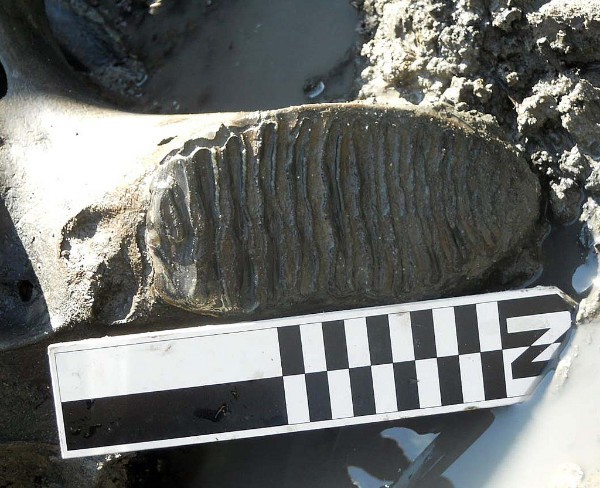
The Columbian mammoth resided in the North American continent and their fossils have even been discovered in Costa Rica. Woolly mammoths roamed the earth during the Pleistocene epoch and were the last of their kind. The animals have been noted as having characteristics akin to that of the Asian elephant. The experts did not plan on digging up a non-Colombian mammoth but were left quite surprised…
A Different Mammoth
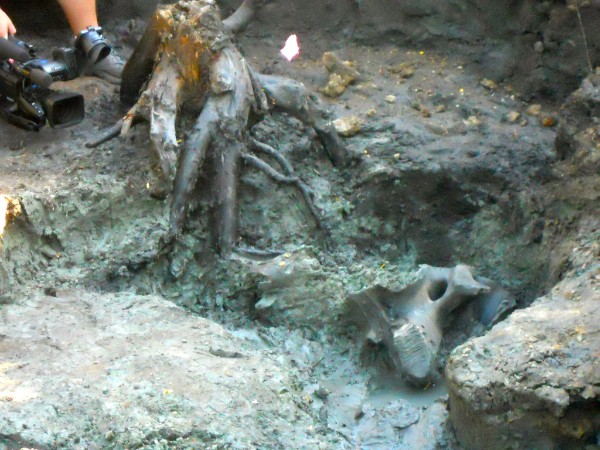
To clarify their discoveries, the researchers had to examine and study the teeth found. They were soon shocked to learn that some teeth belonged to a smaller kind of woolly mammoth. These smaller mammoths had been known to exist in the Iowa area and this made the discovery all the more amazing. It suggested that these two animals either dwelt together or roamed the same lands. It certainly shifted the notion of how scientists viewed the interaction between animals 12,000 years ago…
A Scientific Realization
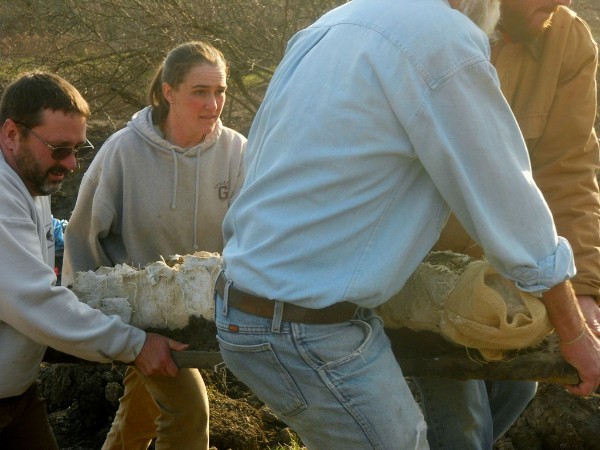
Archaeologists also found proof that these two kinds of mammoths did, in fact, interact with each other during their respective lives. Researchers could conclude that the two kinds somehow existed during the same time period. The accidental discovery did indeed shift the pre-conceived notion that all these researchers had about the prehistoric era. The marks on them could have the potential of revealing how their lives ended…
Bite Marks!
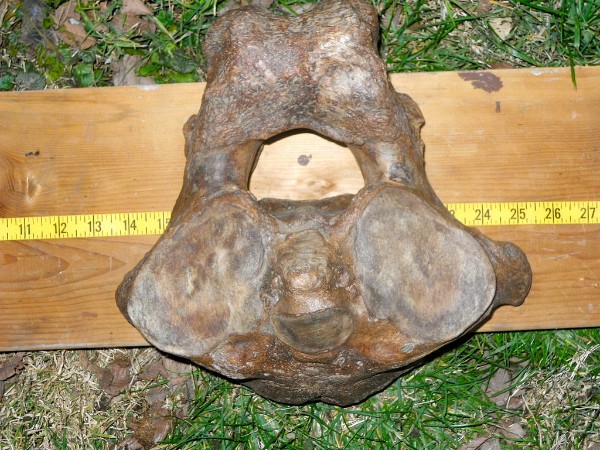
Researchers were astounded to see that the bones had bite marks on them. Even though they cannot exactly pinpoint the root cause of these marks, they are certain that in due time, they will find out the animal that did this. When they do identify the animals, a clearer understanding of ancient Iowa and the other being living during that time period can be uncovered. Soil and plants could help researchers too…
A Possible Bombshell
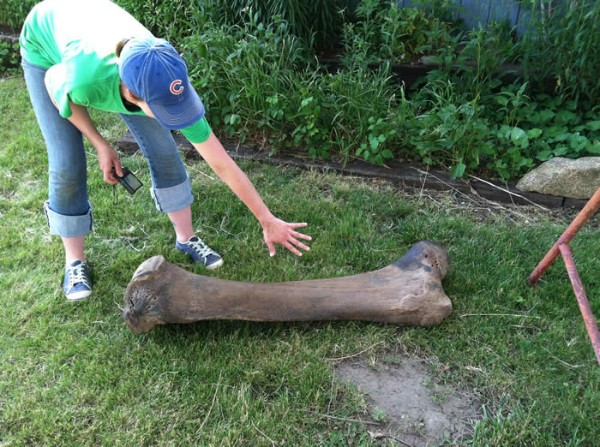
Scientists are certain that mammoths die with their remains naturally deteriorate. Then these remains sank under the creek only to be uncovered 12,000 years later. To dig further, scientists used plans and the soil for reference. They could slowly get to the bottom of their investigation after lining up all their discoveries. Can you calculate the amount of time they had to spend to get to this point?
Tremendous Finding
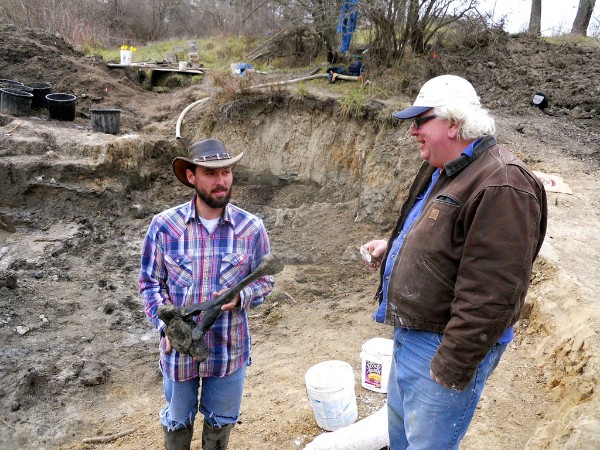
There were a number of scientists to came to work on site to uncover more and more bones. Naturalist Dave Brenzel had revealed, “We’ve been looking for a site like this for 150 years. The only site in the Midwest with multiple mammoths is pretty exciting stuff.” At the same time, John is confused as to what he should do with all of his findings. The plants were helping the researcher a lot as well…
